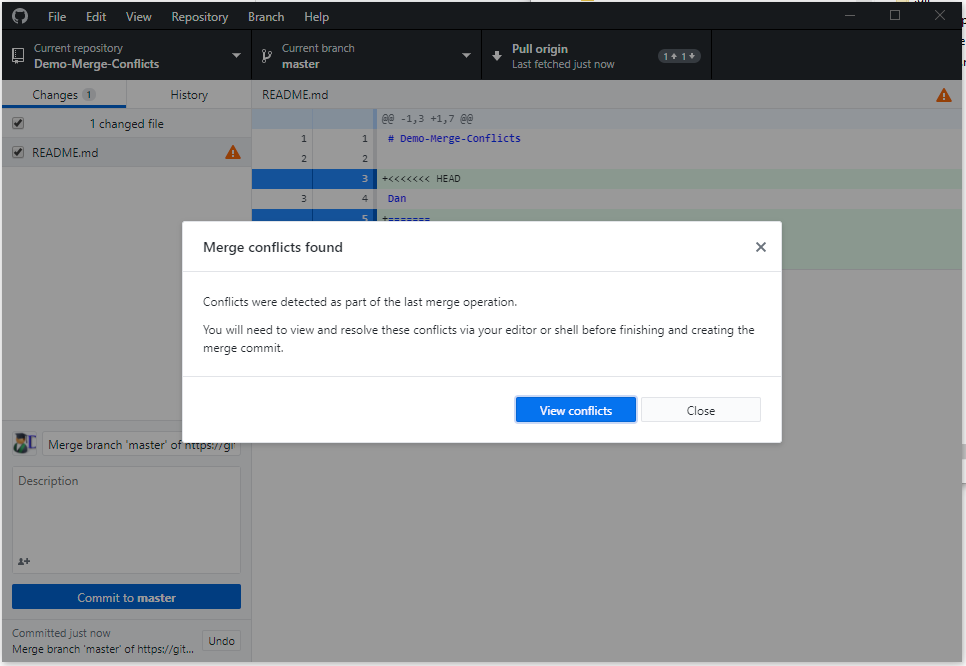
Ī secure deployment can be best achieved by using the following policies: For more information about OJS 3x security plugins, please visit. We also recommend using our OJS 3x security plugins to better protect your OJS against fake user registrations and malicious file uploads during submission. We have implemented cutting-edge security policies and protocols that includes OJS as well as server security hardening. When all of the layers are combined, the overall security level goes up geometrically, creating a stronger OJS security system. Each layer by itself is capable of stopping an attack. We use many different layers of security to help protect your OJS site from being hacked. Below the action buttons is the Participants table, which lists everyone (except Reviewers) involved in the submission. Different pages have different action buttons.

Users with fewer permissions (e.g., Authors) will see fewer links here. Left Menu Panel: These are the major sections of the dashboard, including your tasks (items needing immediate attention), the submissions, issue management, settings, user and role management, and tools.Metadata, Editorial History, and Submission Library are all part of the submission record visible below. Blue Navigation Bar: These menu choices are specific to the different sections of the editorial workflow.To the right, you can switch languages if the journal is multilingual, view the reader interface, or click on your username to view your profile or logout.

If you are enrolled in more than one journal on this OJS installation, you can use this to switch between journals.

OJS 3.x now has a separate interface once you log into the editorial system. This system is intended not only to assist with journal publishing, but to demonstrate how the costs of journal publishing can be reduced to the point where providing readers with “open access” to the contents of the journal becomes a viable option. OJS supports the principle of extending access OJS can enable a single editor to manage all aspects of a journal and the journal’s website, or OJS will support an international team of editors with diverse responsibilities for a journal’s multiple sections. Each journal has its own unique URL as well as its own look and feel. OJS also helps to manage the people aspects of organizing a journal, including keeping track of the work of editors, reviewers, and authors, notifying readers, and assisting with the correspondence.Ī single installation of OJS can support the operation of one or many journals. OJS covers all aspects of online journal publishing, from establishing a journal website to operational tasks such as the author’s submission process, peer review, editing, publication, archiving, and indexing of the journal. OJS is a journal/web site management and publishing system It seeks to improve the scholarly and public quality of journal publishing through a number of innovations, including enhancing the reader experience, making journal policies more transparent, and improving indexing. It has been designed to reduce the time and energy devoted to the clerical and managerial tasks associated with editing a journal, while improving the record-keeping and efficiency of editorial processes.

Github resolve conflicts in web editor for free#
OJS is a highly flexible editor-operated journal management and publishing system that can be downloaded for free and installed on a local Web server. Open Journal Systems (OJS) is an open source solution to managing and publishing scholarly journals online. This guide covers OJS version 3.1, released in October 2017, and features significant enhancements over the previous versions of the software.


 0 kommentar(er)
0 kommentar(er)
